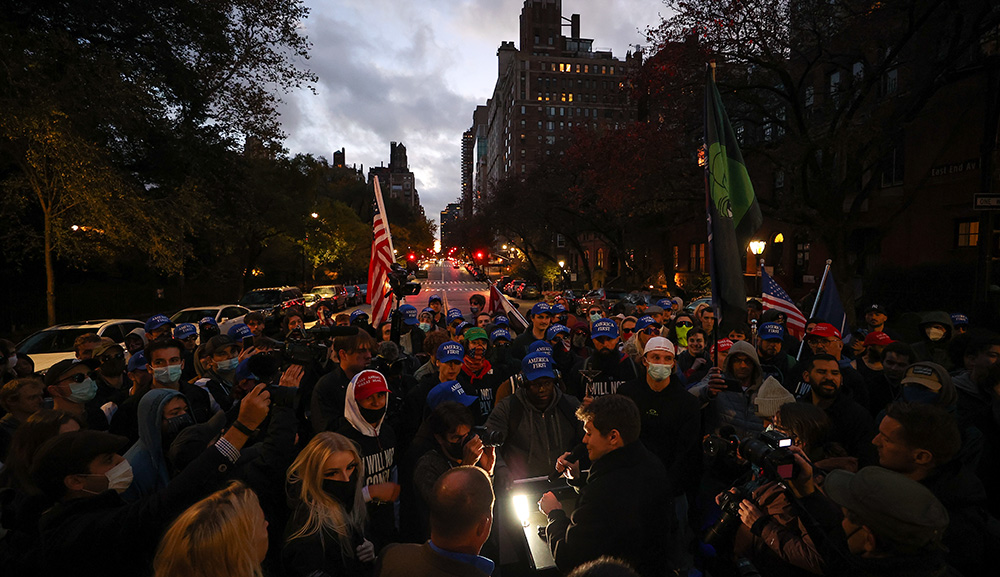Throughout the 1930s, “various American Nazi organizations were discovered amassing arsenals of arms and ammunition, planning to sabotage roadways and power plants—even buying planes for a Nazi air force inside the United States,” writes Todd Farley in a review of the crime writer Michael Benson’s new book Gangsters v. Nazis. The book details the activities of Nazi sympathizers from that era as well as the organized resistance of infamous Jewish mobsters including Meyer Lansky, “Buggsy” Goldstein, and Harry “Pep” Strauss.
In 1938, New York City had a Nazi problem.
At the time, there were about 12 million German immigrants in the U.S., and most were happily assimilating. But about one in 500 were members of the German-American Bund, a national organization that avidly supported Adolf Hitler and pledged allegiance to Germany. Its literature called the Jewish people a “menace” and a threat to democracy. In New York, the Bund held massive rallies, goose-stepping down the streets of the Upper East Side in brown-shirted uniforms with swastikas on their arms.
The demonstrations terrified New York’s Jewish community, many of whom had relatives in Europe and had been watching the headlines from Germany with growing alarm. A former U.S. congressman and judge named Nathan David Perlman saw the path the Bund was on, and he wanted it stopped. He knew their actions weren’t illegal, but the judge had a revelation one evening while enjoying a cocktail in a Manhattan saloon.
“What those Nazis need is a good ass-whipping,” realized the judge.
More about: American Jewish History, Anti-Semitism, Crime, Nazis


